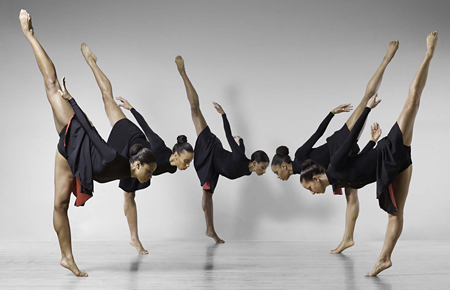 As a training dancer on the cusp of your professional career, your experience of the dance world around you will be varied and gaining depth. However, for dancers just starting to study dance seriously, there is a daunting world out there of differing techniques, opinions and choreographic styles. It is important to supplement your training with opposing techniques to balance your body and your viewpoint, taking influence from different parts of the dance world to ensure you are a well-rounded dancer, ready to become a professional.
As a training dancer on the cusp of your professional career, your experience of the dance world around you will be varied and gaining depth. However, for dancers just starting to study dance seriously, there is a daunting world out there of differing techniques, opinions and choreographic styles. It is important to supplement your training with opposing techniques to balance your body and your viewpoint, taking influence from different parts of the dance world to ensure you are a well-rounded dancer, ready to become a professional.
In the ever-changing dance world, it is no longer enough to train in one technique and solely stick to that one. In school children have lessons in a number of different subjects and many believe it should be the same for dance training to educate both the body and mind. In terms of essential techniques for the dancer, ballet is a must-have as the base of all foundations in dance, however the rest is down to personal preference and individual development.
For professionals, 21st-century dancers are asked to do everything. Even when you have a job in a classical ballet company, you must also be a talented contemporary dancer; for example, contemporary choreographer Wayne McGregor is an Associate Artist of the Royal Opera House. Dancers must have an open mind, not limit their thinking and their relationship to the art form only through a certain kind of repertoire. Becoming familiar with other techniques will further your development and individual style as a dancer.
A strong foundation in classical techniques goes without saying, even in today’s world. Having a clean, adaptable movement style is ultimately what is important, so a neutral base will provide you with the most professional options. The majority of today’s training institutions follow a hybrid of methods so dancers can easily pick up and switch between styles. Modern dance is also one of the essentials of dance to create a balanced professional. Modern techniques such as Graham and Cunningham, with their codified modern techniques, linear positions and structures, are similar to ballet. The structure of the classes appeals to classical training rigour, and working in parallel strengthens underused muscles and helps prevent injury.
